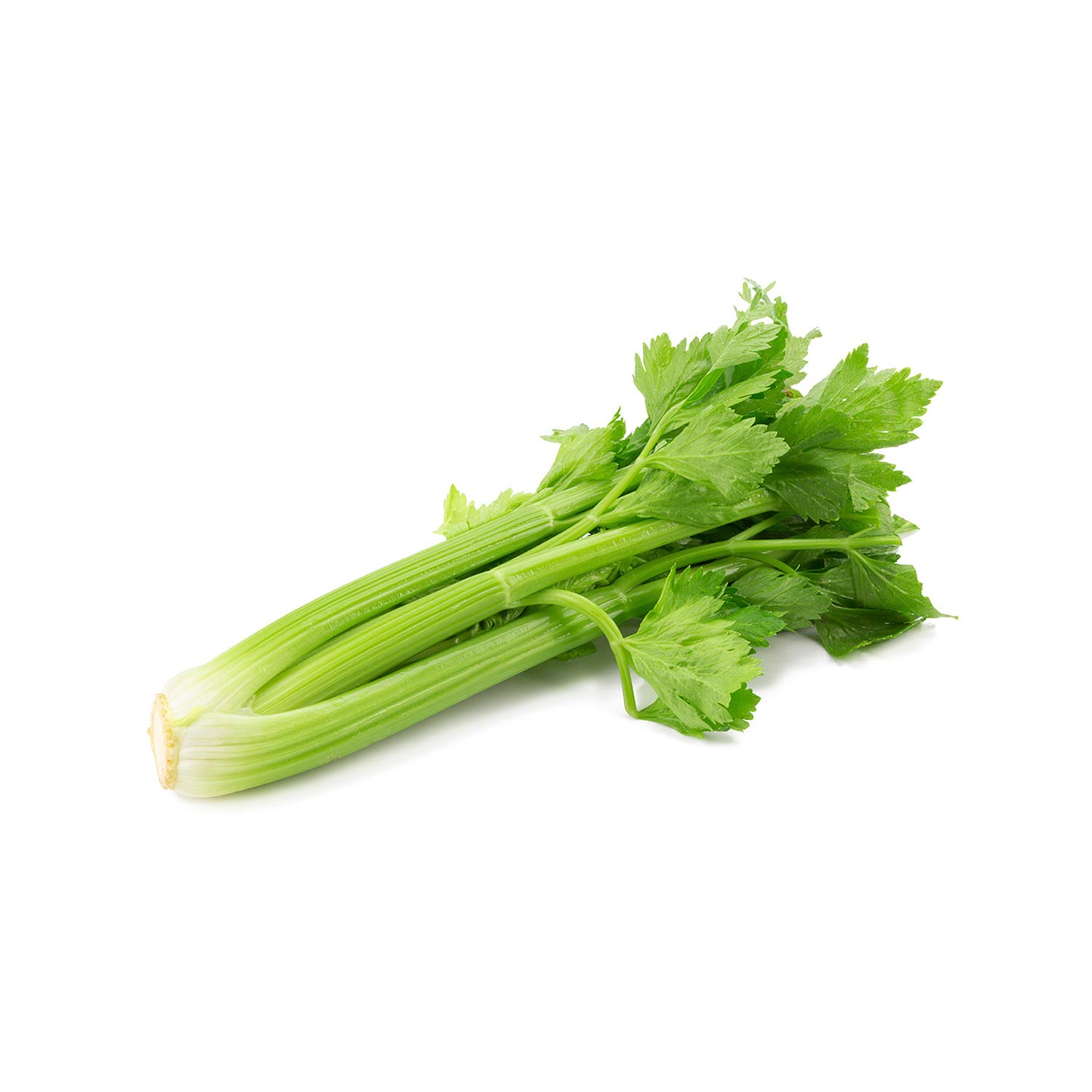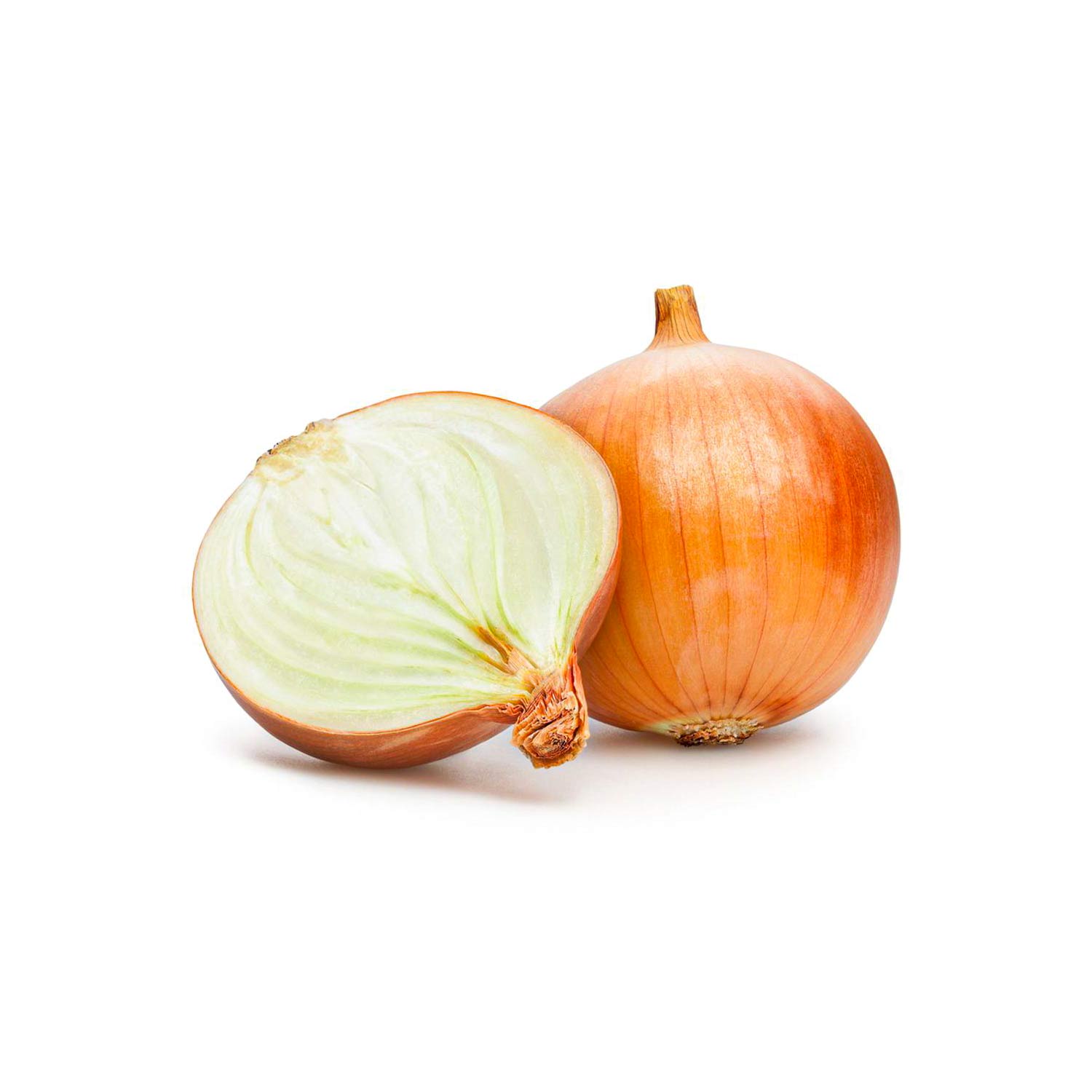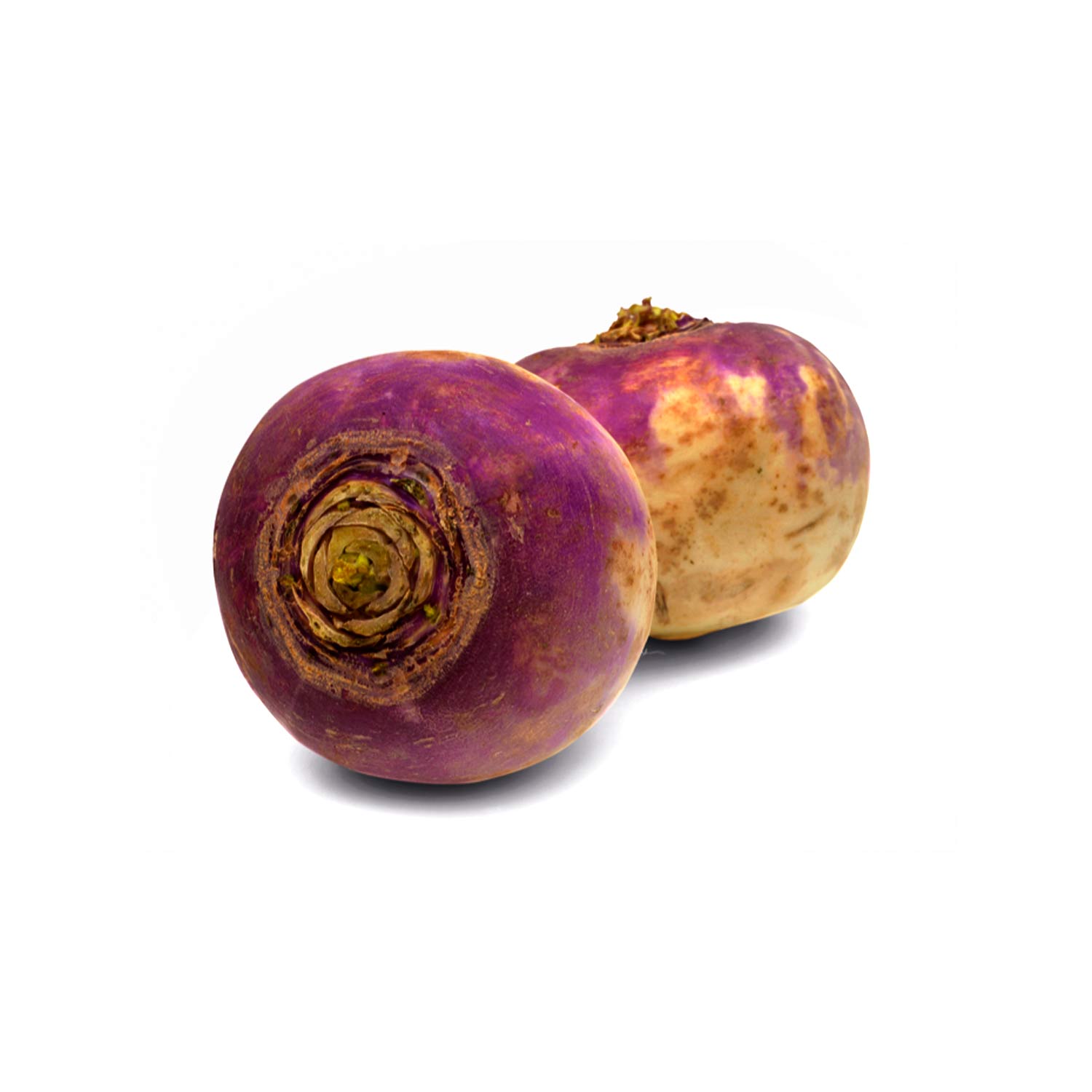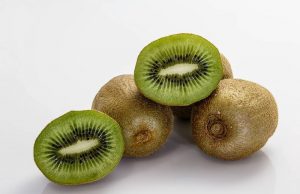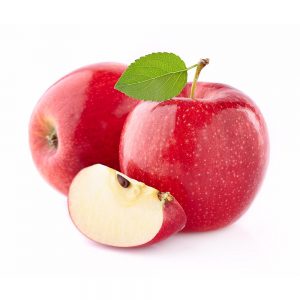Expand Your Reach to a Demanding Market
Exporting fresh vegetables to Europe presents a valuable opportunity for growers and suppliers worldwide. European countries rely heavily on imported produce, especially during the off-season, making the region one of the top destinations for high-quality, fresh vegetables. By tapping into this mature yet expanding market, exporters can boost revenue, build international partnerships, and gain long-term stability.


Why Export Fresh Vegetables to Europe?
Europe is home to some of the world’s most health-conscious consumers. Demand for fresh, organic, and sustainably sourced vegetables continues to grow year after year. In addition, retail chains, supermarkets, and food service companies across the EU constantly seek reliable suppliers who can meet their quality and compliance standards.
Because of its climate, Europe cannot produce certain vegetables year-round. As a result, importers often rely on countries in Africa, Asia, and Latin America to fill supply gaps. Exporters who offer freshness, consistency, and certification have a competitive advantage.
Key Benefits of Targeting the European Market
Several factors make Europe a smart destination for vegetable exports:
Strong, Year-Round Demand: Vegetables such as bell peppers, green beans, carrots, and leafy greens are in constant demand.
Premium Pricing for Certified Produce: Products with GlobalG.A.P., Organic, or Fairtrade certifications attract better pricing and broader market access.
Efficient Trade Infrastructure: The European Union offers a streamlined system for imports, especially for partners with trade agreements or preferential terms.
Sustainability Focus: European buyers prefer suppliers who follow eco-friendly farming practices and use minimal packaging.
Best Vegetables to Export to Europe
Choosing the right crops is essential for success in the European market. Although demand varies by region and season, the following vegetables perform consistently well:
Bell Peppers: Widely used in cooking and salads, peppers are a staple in European kitchens.
Green Beans: Popular in both retail and foodservice, especially during the winter months.
Tomatoes: Fresh tomatoes, including cherry and plum varieties, are in demand year-round.
Carrots: Europe imports large quantities of carrots during colder months.
Spinach and Leafy Greens: These are increasingly popular due to health trends.
How to Succeed in Exporting to Europe
Entering the European vegetable market requires preparation, consistency, and compliance. Here are some important tips:
Understand EU Regulations: Make sure your vegetables meet EU food safety standards, including pesticide limits and packaging requirements.
Obtain Certifications: GlobalG.A.P., Organic, and other recognized certifications build trust and open doors to premium buyers.
Partner with Local Distributors: Work with established importers or wholesalers who understand local demand and distribution.
Optimize Cold Chain Logistics: Timely delivery and proper refrigeration ensure your vegetables arrive fresh and market-ready.
Stay Updated on Trends: Monitor changes in consumer behavior, such as the rise in plant-based diets, to align your offerings.
Conclusion: Start Exporting Fresh Vegetables to Europe Today
In conclusion, the European market offers exporters a powerful mix of high demand, stable pricing, and long-term potential. By focusing on quality, compliance, and customer needs, you can successfully export fresh vegetables to Europe and grow your international business. Now is the time to invest in global expansion and position your brand as a trusted source of fresh, healthy produce.

